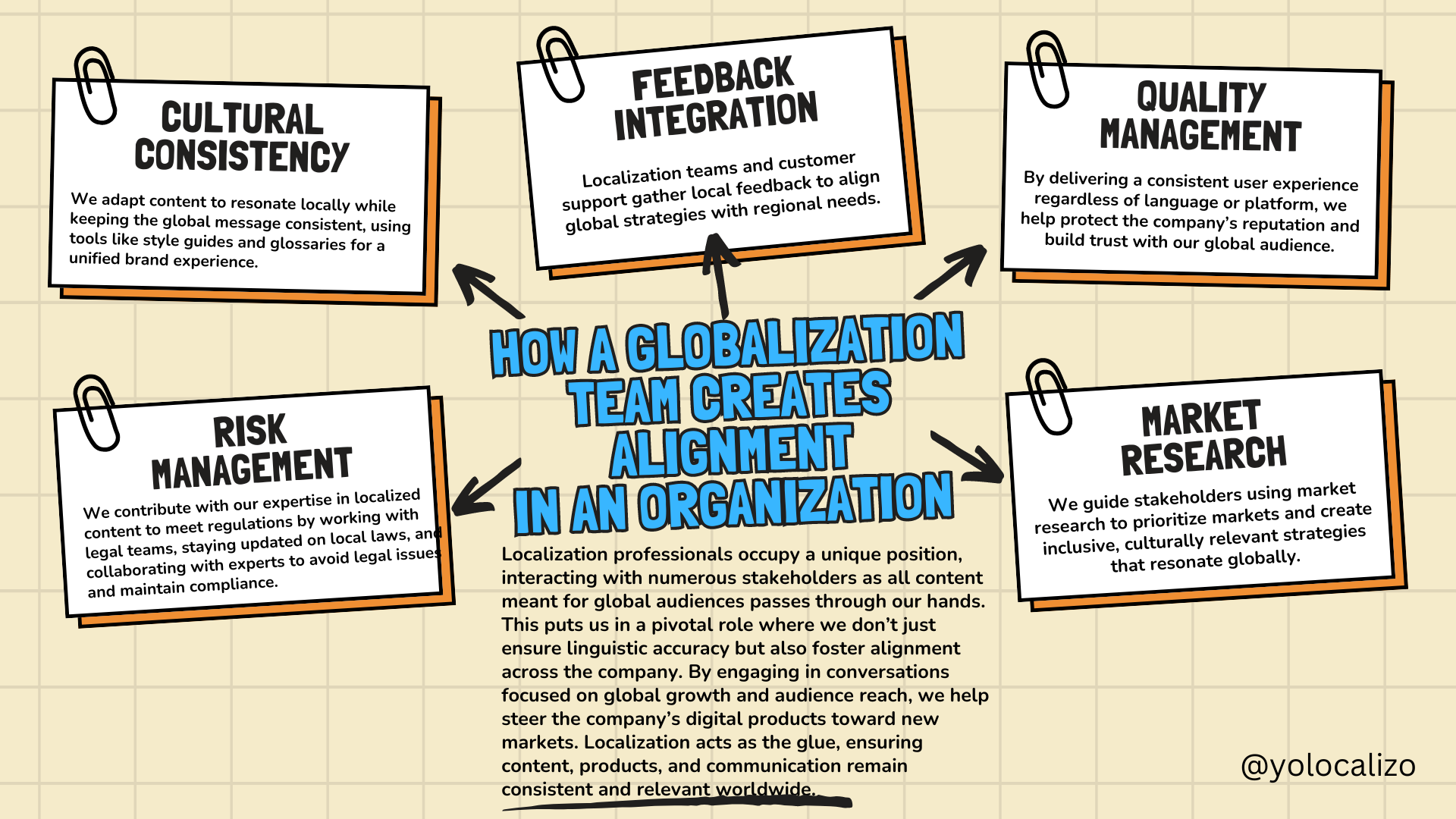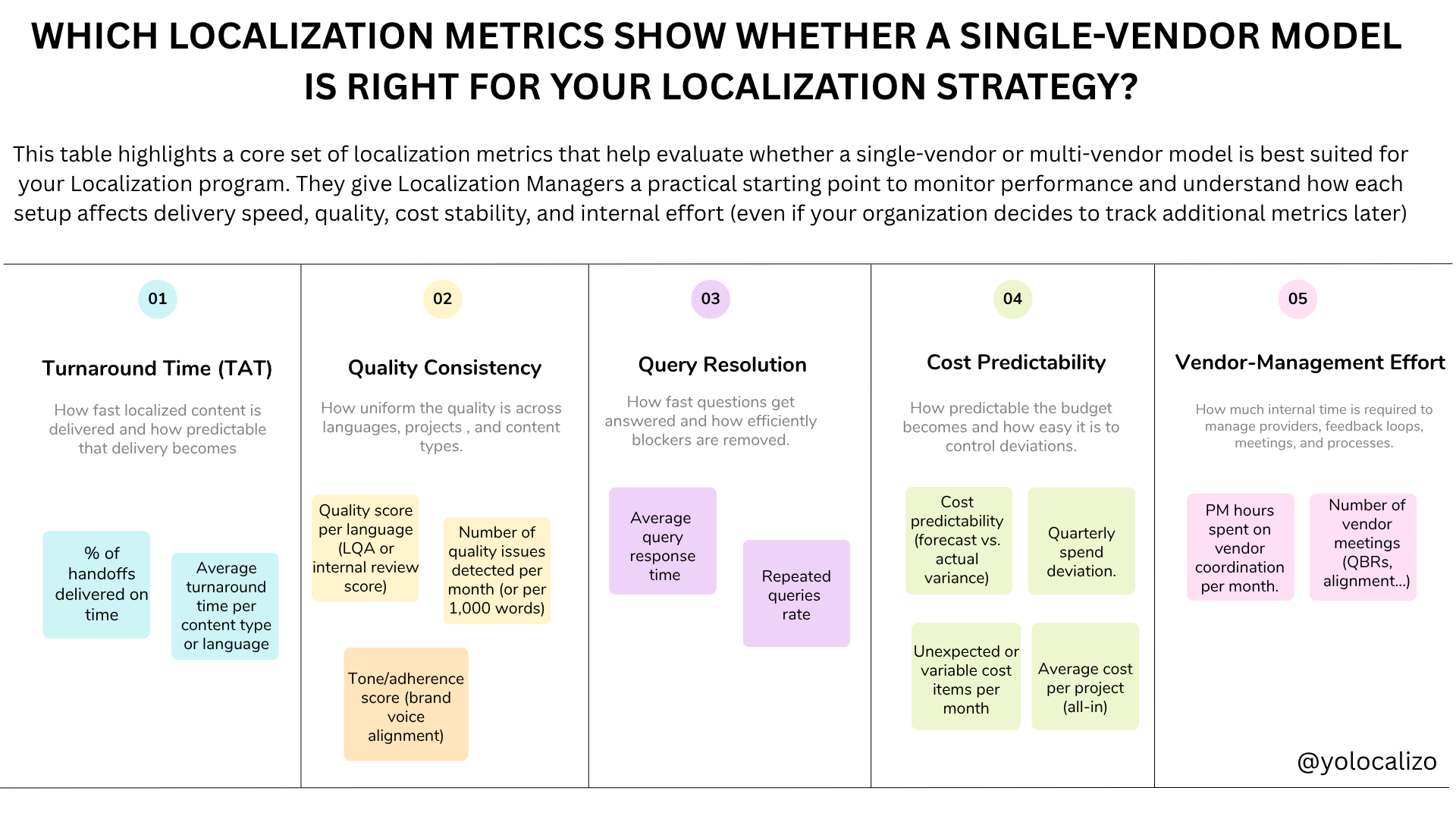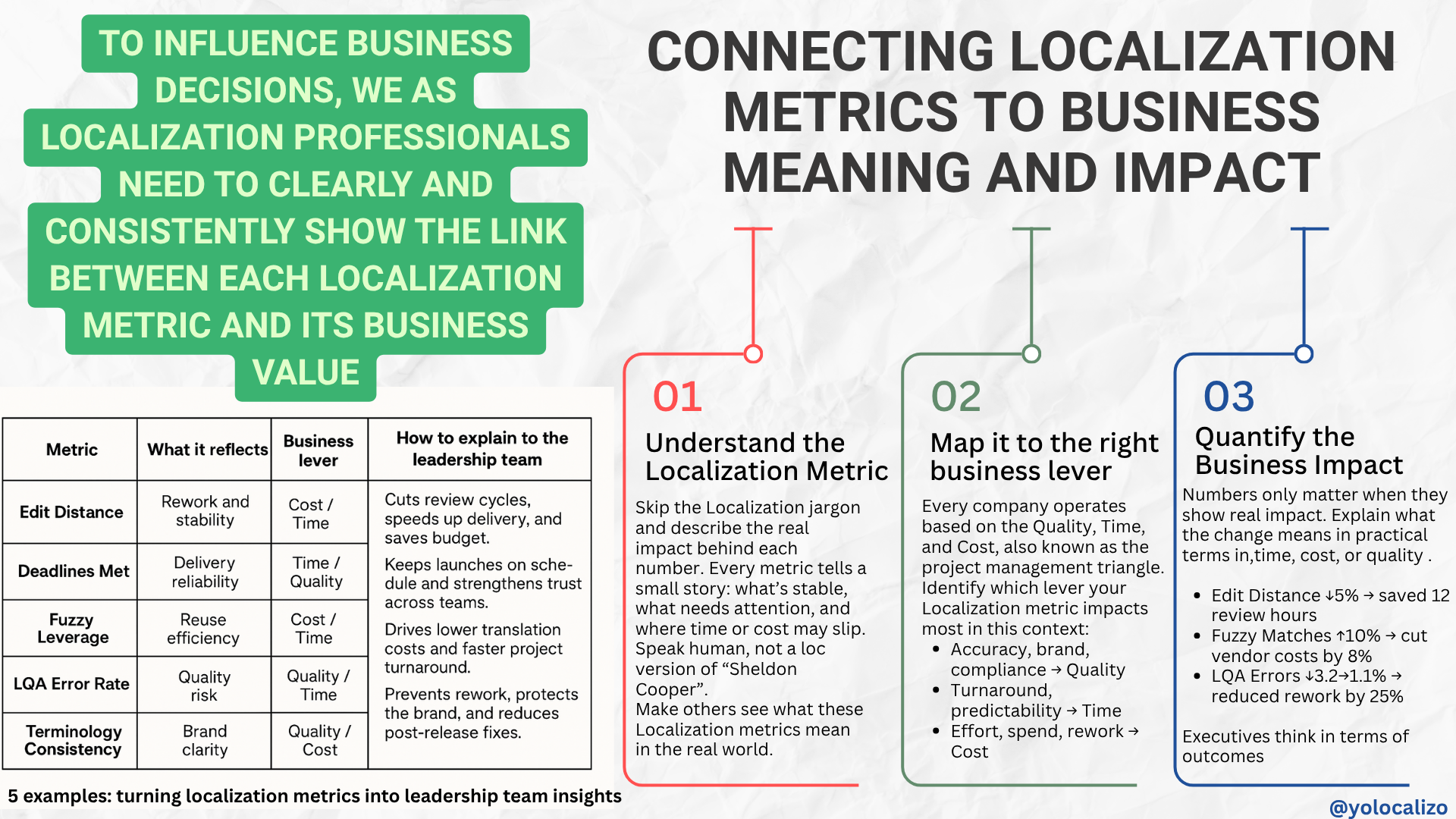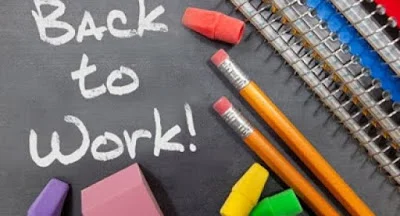First post of the year, still digesting all the food consumed in the last 2 weeks. First things first, all the best in this 2017!!!. I do think this will be a very good year :)
My first post of this baby 2017 we just gave birth I wanted to write about body language. Last month I delivered my project number 5 of my Toastmasters journey.
I want to share in my weekly post my learnings while preparing and delivering this speech. This was one of the projects in my Competent Communicator track that I was more afraid of doing. The reason: project number 5 is Your body speaks; and it’s all about body language. Body language is one of the most difficult components of communication to master. And to make this even more challenging, according to different research more than 50% of what we communicate is perceived through our body language. We tend to believe that the message, what we say, it is what people will remember, obviously the message is important, but it’s less important than we might imagine. In fact there’s one “rule” the rule of 7% which states that only 7% of the words we say impact our message, the rest is vocal variety and body language (exact figures are: 7% words, 38% tone, 55% body, for more details see HERE)
If you still need more data to get convinced of the power of body language I do encourage to see the great TED Talk of Amy Cuddy.
This talk has been viewed over 38 million times (second most viewed talk in TED history). She also has a nice book that I would recommend to read Presence: Bringing your boldest self to your biggest challenges Amy’s work is very inspirational, I’m very fan of this approach “Fake it until you make it”, and to be honest this is something that I tried myself and it works.
If I see myself as an expert of something or I vision myself achieving something, there’s a trigger in my brain helping me to pursue that vision. Legendary Robbins explains this better than me when he says
“We will act consistently with our view of who we truly are, whether that view is accurate or not.”
Somehow I believe this is true. I tried this “fake it until I make it” approach in the past, therefore I know how important is the body language. For example while delivering this speech I was quite nervous, but the feedback I received is that I looked “poised and relaxed” (except the first 30 seconds). I was sweating, not visible from outside, but I was sweating, however the signal I was sending to my brain is "I will deliver a very good speech", I imagined myself ending the speech with a big applause :) I “faked” my body language to match that signal.
I do really believe that in many situations the first person I need to convince about something is ME, my lizard brain, monkey cage or whatever I want to name it. Once I convince myself convincing others it’s easier.
With all these precedents and all the respect I have to body language you might understand why I was so scared of delivering this speech of Your body speaks in my local Toastmaster club
Happy to share my "little trophy" while enjoying a coffee as I write this post
Overall it went well, I even managed to get my little award that I’m halfway my Competent Communication track (woo-hoo!), but definitely I have plenty of room for improvement that I will elaborate below in deeper detail.
There are 4 main components of body language that I wanted to practice in my speech (posture & body movements, gestures, facial expressions and eye contact)
1. Posture and body movements
Posture more than anything reflects how the others will interpret me. If I’m confident my audience will see that, if I’m nervous and lacking confidence that’s very visible as well. While delivering my speech I realised that the first minute I was nervous but eventually I felt more comfortable and I look more poised, confident and comfortable.
Feedback I received about how to improve my presence included several pieces of suggestions that I find value in sharing with my readers.
- Take up as much space as possible (use all the stage to have more impact and better connections with the audience, I focused around 70% of my speech in the right side of the room)
- Stand tall. I’m tall (185cm, at least for Spanish standards, when I visit my Stockholm friends I’m just average :) But definitely I can use my presence to make a better connection with the audience. I have a tendency to shrink my back a little bit. I need to work on that.
2. Gestures
According to my Toastmaster manual a gesture is a specific bodily movement that reinforces a verbal message or conveys a particular thought or emotion.
Gestures can be done with any part of the body, head, shoulders, legs, arms, hands … and definitely I have a problem with my hands. I simply don’t know what to do with my hands, quite often I realised that my hand movement was too hectic, very noisy movements and quite distracting from my main message. From the most valuable pieces of feedback I received from my fellow TM friends is to use hands using the “in-box technique”
Rapid movement or long hand/arm movements are distracting. Therefore the “in-box technique” helps to match message of the speech with my hand gestures.
Please check here also some useful techniques about what to do with your arms. I’ll introduce pieces of these advices about what to do with the arms in my next speeches.
3. Facial expressions
We can transmit many emotions with our face, it’s the part of our body that we can use more often to transmit our feelings. I do think I did a good job with my facial expressions to transmit happiness and anger in my speech. However I found myself in a couple of moments of my talk quite tense and I could feel my eyebrow not relaxed enough. I need to ensure that I work to have my facial muscle more relax.
I received feedback that I can work on my smile when I feels that I’m getting too tense. This is quite interesting feedback as people usually perceive me as a person who smiles in private conversations, easy to speak and connect, but somehow my smile evaporates in the stage. I was suggested to start out smiling! Smile at my introducer and smile at the audience prior to speaking. This creates a memorable and smiling first impression! Same approach at the end. It helps to end with a smile, too! It will help to leave my audience with the lingering feeling that I enjoyed my topic and I enjoyed them as an audience.
4. Eye contact
Before getting into TM world I did not pay much attention to eye contact, I thought that randomly looking to people was enough. And this is a big part of body language, specially because this is an issue that cross cultures and frontiers. And I work every day with people from different nationalities, therefore I must improve my eye contact skills!
Eye contact in Western Europe or in the States is perceived as attention, focus and interest in other persons, while this intense eye contact with Asians or people from Middle East might have a less positive perception. It might be taken as an affront or a challenge of authority. In those cultures it is often considered more polite to have only sporadic or brief eye contact, especially between people of different social registers. A relationship manager- employee in a Japanese environment could be that the employee avoids looking manager’s eyes, This is not showing a lack of interest nor is demonstrating a lack of self-confidence; instead, employee is being polite, respectful and appropriate according to his/her culture
In my first presentations sometimes I looked like a serial killer just looking people in the eyes very quickly and moving my eyes to another person :) Now my eye contact improved a lot, I received good feedback about how to make it even better. Since our stage is small auditorium with 3 row of seats, it worked for me to choose 3 “anchors” one person at the end of a row (left and right) and then another person in middle at the back row. Then what I needed to do is to look around those persons every new sentence/paragraph of my talk.
Conclusion: While I reckon this has been the most difficult project I have delivered so far from my Competent Communicator manual I have also to admit that this is the one that I learned the most so far. I’m sharing with you an evaluation sheet of body language where you can see different aspects to consider while talking to an audience. Hopefully you find this valuable.
I do still need to work a lot on my body language, but I guess I will improve it in the next months… because where the focus goes, the energy flows :)
Have a great day and all the best in this amazing 2017 we have ahead of us!
@yolocalizo
















This feels like a pivotal moment. Localization teams are being asked to support more markets, move faster, use AI responsibly, and show impact, not just output. Expectations are higher than ever, but many teams are still trained mainly for execution. We are strong at delivering localization work, yet we often struggle to move from output to outcome and to clearly explain the impact of what we do.